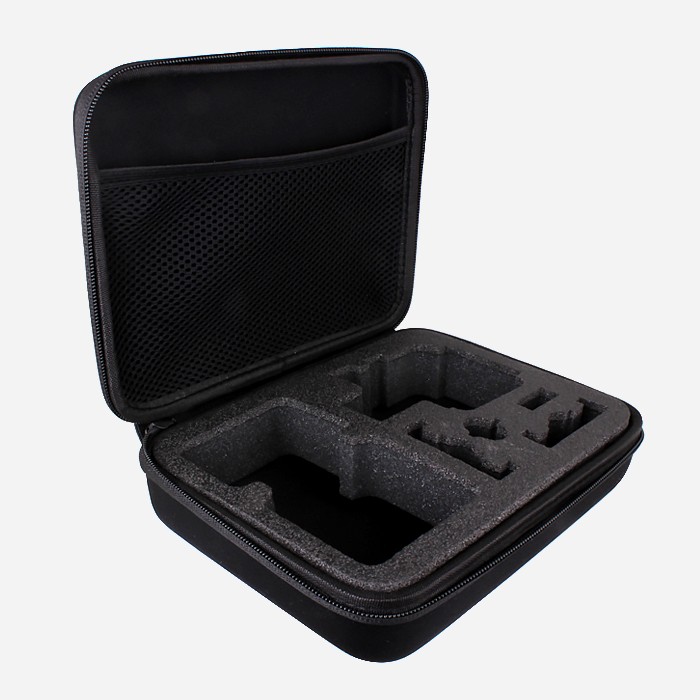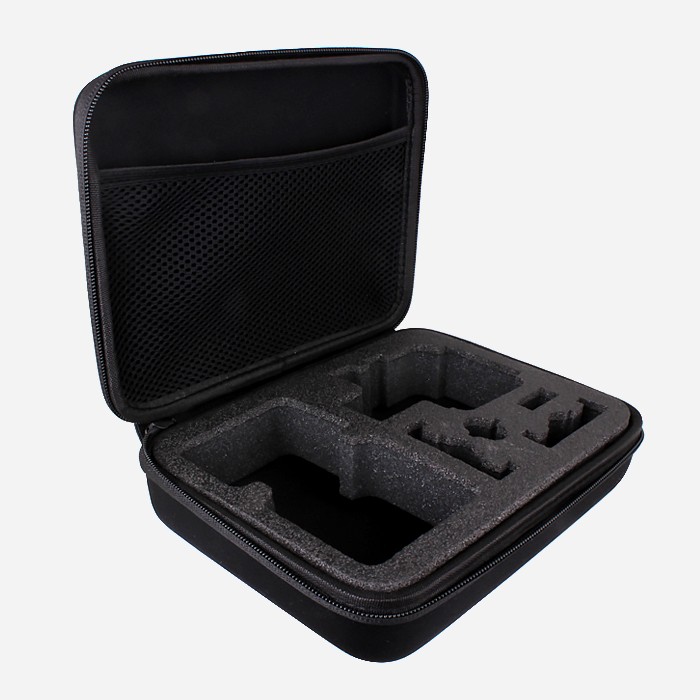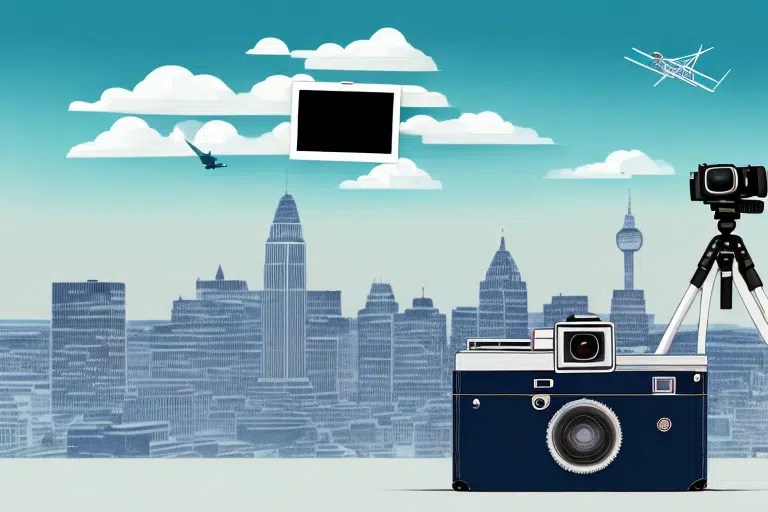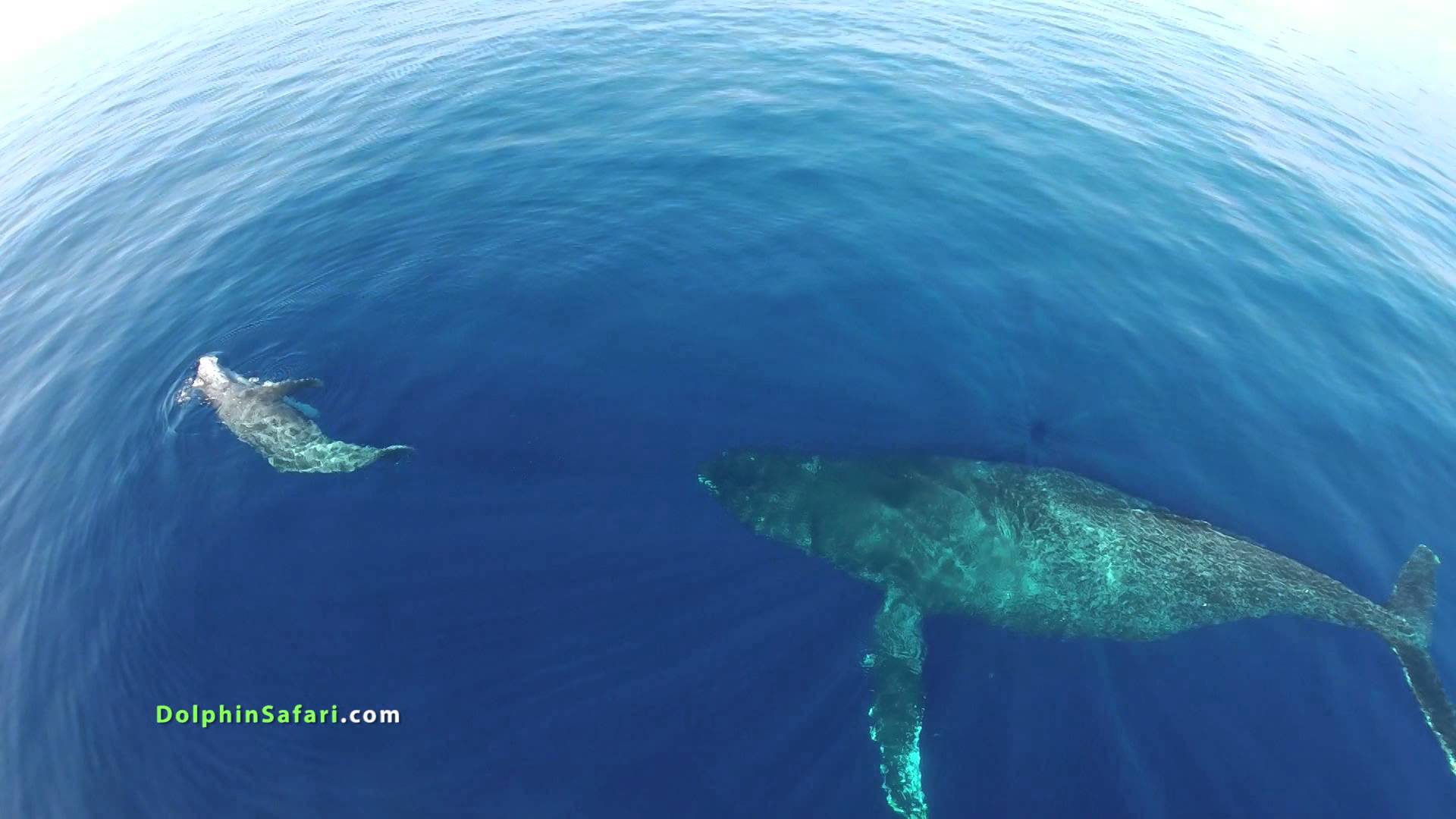“GoPro Travel Photo Tips: Your Ultimate Checklist for Stunning Shots
Related Articles GoPro Travel Photo Tips: Your Ultimate Checklist for Stunning Shots
- GoPro Camera Settings For Travel: Capture Stunning Memories On The Go
- GoPro Travel Techniques: Capturing Your Adventures In Stunning Detail
- DSLR Video Editing Travel Checklist
- The Ultimate Guide To 4K Cameras For Travel Videography
- DSLR Camera For Travel: Techniques To Capture Stunning Memories
Introduction
Today, we’re excited to unravel an engaging topic: GoPro Travel Photo Tips: Your Ultimate Checklist for Stunning Shots. Join us as we navigate insights that inform, inspire, and open new perspectives for our readers.
Table of Content
GoPro Travel Photo Tips: Your Ultimate Checklist for Stunning Shots

The world is your canvas, and your GoPro is the brush. Travel photography is about capturing the essence of a place, the emotions it evokes, and the memories you create. A GoPro, with its compact size, ruggedness, and wide-angle lens, is an ideal companion for any adventure. But simply pointing and shooting isn’t enough to create truly captivating travel photos.
This article provides you with a comprehensive checklist of tips and techniques to elevate your GoPro travel photography from snapshots to stunning works of art.
I. Pre-Trip Preparation: Setting the Stage for Success
Before you even pack your bags, a little planning can make a world of difference.
-
1. Choose the Right GoPro Model:
- Consider your needs: Are you primarily shooting photos, videos, or both? Do you need advanced features like 5K resolution, hypersmooth stabilization, or live streaming?
- Research the latest models: GoPro releases new versions regularly. Compare specs and read reviews to find the best fit for your budget and requirements.
- Don’t overlook older models: If you’re on a budget, older GoPro models can still deliver excellent results. Just ensure they have the features you need.
-
2. Essential Accessories:
- Batteries: GoPros can be power-hungry, especially when shooting video. Carry at least 2-3 extra batteries.
- Memory Cards: Invest in high-quality, fast microSD cards with ample storage. Sandisk Extreme Pro or Samsung Evo Plus are good choices.
- Mounts: The right mount can open up a world of creative possibilities. Consider a head strap, chest mount, wrist strap, suction cup mount, tripod, and extension pole.
- Waterproof Housing: Even if you don’t plan on diving, a waterproof housing can protect your GoPro from rain, dust, and accidental splashes.
- Filters: Neutral Density (ND) filters reduce light entering the lens, allowing for slower shutter speeds in bright conditions, creating motion blur or shallow depth of field. Polarizing filters reduce glare and reflections, enhancing colors.
- Protective Case: Keep your GoPro safe during transit with a sturdy protective case.
-
3. Firmware Updates:
- Ensure your GoPro has the latest firmware: Updates often include bug fixes, performance improvements, and new features.
- Check for updates before each trip: This will help you avoid potential issues in the field.
-
4. Practice and Familiarization:
- Get to know your GoPro’s settings and features: Experiment with different modes, resolutions, frame rates, and Protune settings.
- Practice shooting in various conditions: This will help you understand how your GoPro performs in different lighting and environments.
- Learn basic editing techniques: Familiarize yourself with GoPro’s Quik app or other editing software.
II. On-Location Techniques: Capturing the Magic
Once you’re on location, it’s time to put your skills to the test.
-
5. Master Composition:
- Rule of Thirds: Divide your frame into nine equal parts and place key elements along the lines or at the intersections.
- Leading Lines: Use lines to draw the viewer’s eye into the scene.
- Symmetry and Patterns: Look for symmetrical compositions or repeating patterns.
- Framing: Use natural elements like trees, arches, or doorways to frame your subject.
- Negative Space: Use empty space to create a sense of balance and draw attention to your subject.
-
6. Understand Lighting:
- Golden Hour: The hour after sunrise and before sunset offers soft, warm light.
- Blue Hour: The hour before sunrise and after sunset provides cool, ethereal light.
- Overcast Days: Overcast days can provide soft, even light, perfect for portraits and landscapes.
- Harsh Sunlight: Avoid shooting in direct sunlight, which can create harsh shadows and blown-out highlights. If you must shoot in harsh light, use a diffuser or find shade.
-
7. Shoot in Protune (Manual Mode):
- Unlock full control: Protune allows you to adjust settings like white balance, ISO, shutter speed, and exposure compensation.
- White Balance: Adjust white balance to accurately render colors in different lighting conditions.
- ISO: Keep ISO as low as possible to minimize noise.
- Shutter Speed: Use a faster shutter speed to freeze motion or a slower shutter speed to create motion blur.
- Exposure Compensation: Adjust exposure compensation to brighten or darken your image.
-
8. Utilize Different Shooting Modes:
- Photo Mode: Capture single images with various settings.
- Burst Mode: Capture a rapid sequence of photos, ideal for action shots.
- Time Lapse Mode: Capture a series of photos over a period of time, creating a sped-up video.
- Night Photo Mode: Capture photos in low-light conditions with longer exposure times.
- Video Mode: Capture video footage with various resolutions and frame rates.
-
9. Get Close to the Action:
- GoPro’s wide-angle lens: It excels at capturing immersive perspectives.
- Don’t be afraid to get close: Fill the frame with your subject to create a more engaging image.
-
10. Experiment with Angles:
- Low angles: Make your subject appear larger and more imposing.
- High angles: Provide a bird’s-eye view of the scene.
- Unique perspectives: Look for unusual angles that will make your photos stand out.
-
11. Capture Authentic Moments:
- Don’t just pose for photos: Capture candid moments that reflect the true essence of a place.
- Interact with locals: Ask permission before taking photos and be respectful of their culture.
- Tell a story: Think about the story you want to tell with your photos and capture images that support that story.
-
12. Stabilize Your Shots:
- Hypersmooth Stabilization: GoPro’s built-in stabilization is excellent, but it’s not a substitute for proper technique.
- Use a tripod or monopod: For static shots, a tripod or monopod will provide maximum stability.
- Brace yourself: When shooting handheld, brace yourself against a solid object or use your body to absorb vibrations.
-
13. Underwater Photography:
- Waterproof Housing: Essential for protecting your GoPro underwater.
- Red Filter: Use a red filter to correct for the loss of red light underwater.
- Get Close: Water absorbs light, so get as close to your subject as possible.
- Shoot in Shallow Water: The shallower the water, the more light will be available.
- Clean Your Lens: Water droplets can ruin your photos, so clean your lens regularly.
III. Post-Processing: Polishing Your Masterpieces
Editing is an essential part of the photography process.
-
14. Editing Software:
- GoPro Quik: A free and easy-to-use app for basic editing.
- Adobe Lightroom: A professional-grade editing software with advanced features.
- Other Options: Luminar AI, Capture One, and other editing software are also available.
-
15. Basic Editing Techniques:
- Adjust Exposure: Brighten or darken your image to achieve the desired look.
- Adjust Contrast: Increase or decrease contrast to make your image more dynamic.
- Adjust Highlights and Shadows: Recover details in the highlights and shadows.
- Adjust White Balance: Correct the color temperature of your image.
- Adjust Saturation: Increase or decrease the intensity of colors.
- Sharpen Your Image: Sharpen your image to enhance details.
- Remove Noise: Reduce noise in your image, especially in low-light shots.
- Crop and Straighten: Crop your image to improve composition and straighten any crooked lines.
-
16. Color Grading:
- Create a Mood: Use color grading to create a specific mood or atmosphere in your photos.
- Experiment with Different Styles: Try different color grading styles to see what works best for your photos.
- Consistency: Maintain a consistent color grading style across your photos to create a cohesive look.
Conclusion:
GoPro travel photography is an exciting way to document your adventures. By following these tips and techniques, you can capture stunning photos that will transport you back to those unforgettable moments. Remember to practice, experiment, and most importantly, have fun! The world is waiting to be captured through your lens.




